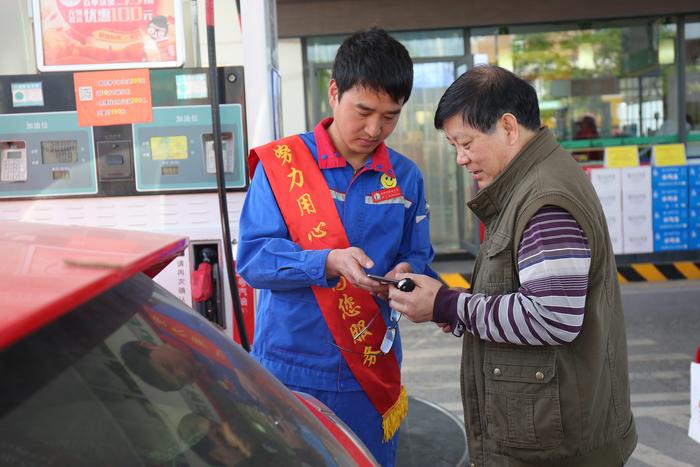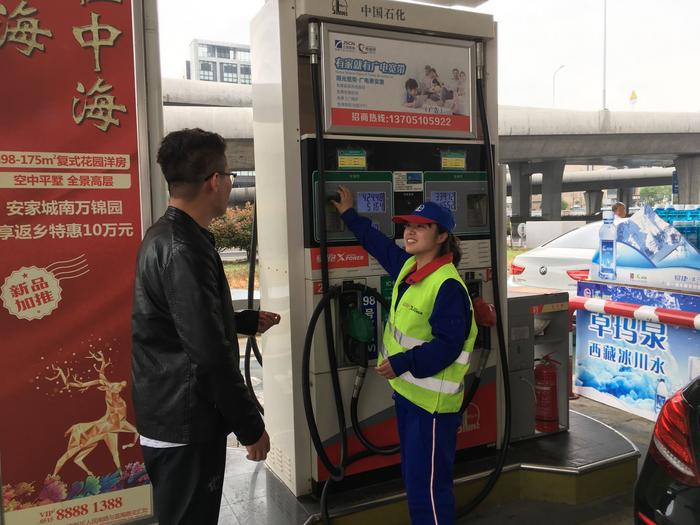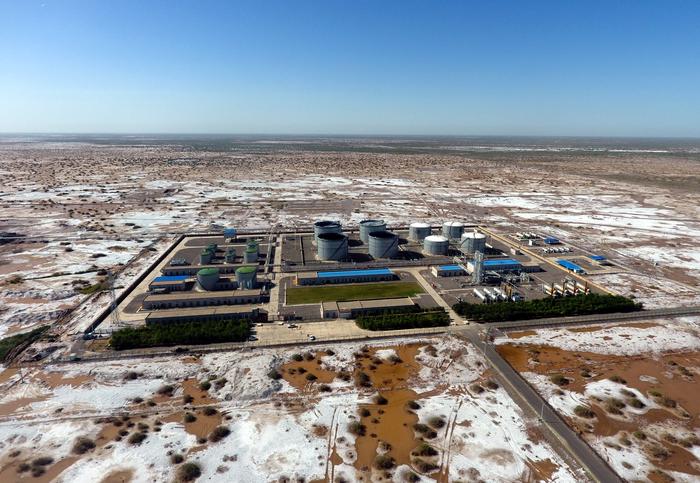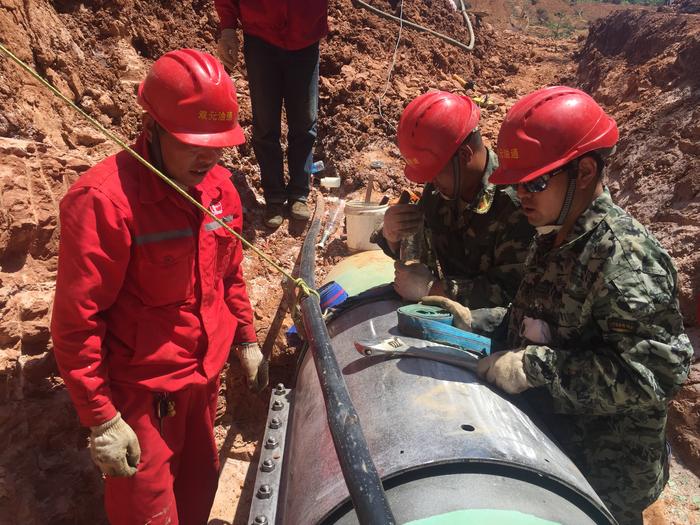|
| 2018-04-04 来源: 中国石化新闻网 |
| 石化新闻 |
|
中国石化新闻网讯 据彭博社4月2日阿伯丁报道,作为石油与天然气科技中心的世界首个项目的一部分,在北海的一个平台上,机器人很快就可以和人类一起工作了,该项目是道达尔集团(Total)和taurob与Technische Universitaet Darmstadt (TU Darmstadt)开展的合作。 这个为期18个月的项目将开发和测试一个移动机器人,用于对道达尔陆上设得兰天然气工厂和离岸Alwyn平台上的设施进行自主运行检验。 这次测试是第一次在油气作业装置上使用自主机器人。 这一具有里程碑意义的项目可能会在离岸机器人领域掀起一场革命,提高安全性、提高生产率并降低成本。 该技术中心和道达尔公司正在与奥地利制造商,taurob和德国TU Darmstadt开发机器人,他们合作在2017年赢得达道尔的ARGOS挑战(用于天然气和石油站点的自主式机器人)。 这项挑战涉及开发一个可以执行例行任务,并在模拟的石油和天然气作业环境中应对挑战的自主式机器人。 该机器人由taurob和TU Darmstadt开发,经过ATEX认证(认证了在天然气环境中运行没有点着火的风险),可以执行目视检测,读取仪表,液位计量和,导航通过狭窄的通道和上下楼梯,测量温度和气体浓度,探测和导航绕开障碍物和人类。 该项目将进一步开发两个版本的成功的ARGOS机器人,它们更加健壮和可靠,已经改善了功能并且可以在不需要现场机器人专家的情况下由工人离岸操作。 金丹红 编译自 彭博社 原文如下: Total partnership to deploy world's first autonomous offshore robot Robots could soon be working autonomously alongside humans on a North Sea platform as part of a world-first project from the Oil & Gas Technology Centre, Total E&P (Total) and taurob, in partnership with Technische Universitaet Darmstadt (TU Darmstadt). The 18-month project will develop and trial a mobile robot for autonomous operational inspection of facilities on Total’s onshore Shetland Gas Plant and offshore Alwyn platform. The trial is the first time an autonomous robot will be used on an operational oil and gas installation. The landmark project could start a revolution in robotics offshore that improves safety, enhances productivity and reduces costs. The Technology Centre and Total are developing the robot with Austrian manufacturer, taurob and TU Darmstadt in Germany, who collaborated to win Total’s ARGOS (Autonomous Robots for Gas and Oil Sites) challenge in 2017. The challenge involved developing an autonomous robot that could perform routine tasks and respond to challenges in a simulated oil and gas operational environment. The robot developed by taurob and TU Darmstadt is ATEX-certified (certified to work in gas environments without risk of ignition), can perform visual inspections, read dials, level gauges and valve positions, navigate through narrow pathways and up and down stairs, measure temperature and gas concentration, and detect and navigate around obstacles and humans. The project will develop a further two versions of the successful ARGOS robot that are more robust and reliable, have improved functionality and can be operated by workers offshore without the requirement for onsite robotics experts.
|








